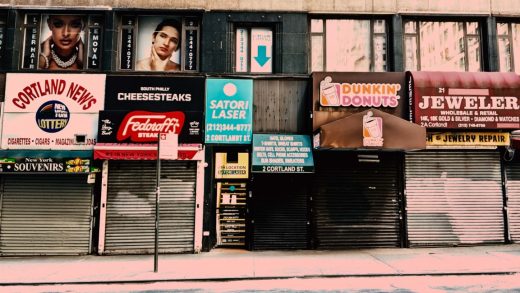Mathematicians say this is how to reopen your business
Math to the rescue! Fourteen mathematicians and biostatisticians have joined forces to help businesses reopen safely.
The group created a set of mathematical models tracing both business profits and infection risk of COVID-19 under varying scenarios. The results, published in Frontiers in Applied Mathematics and Statistics, are useful: Businesses can operate successfully while preventing outbreaks—but only by following broad safety measures.
The safety measures
The authors created equations for infectious, quarantined, deceased, recovered, and at-risk employees within companies, while also accounting for “silent spreaders”; they also modeled profits while incorporating costs from safety measures, closures, and limited working hours. When running the numbers for a well-known, large Texas company, they considered three scenarios:
Disclaimers: The equations assume that employees actually follow the guidelines. And, mathematicians and business professors have a long history of irking epidemiologists by swooping in with modeling that fails to correspond with on-the-ground disease spread. Lastly, models are just models. But these are a smart stamp of reopening approval. In short: Proceed with caution.
(20)



